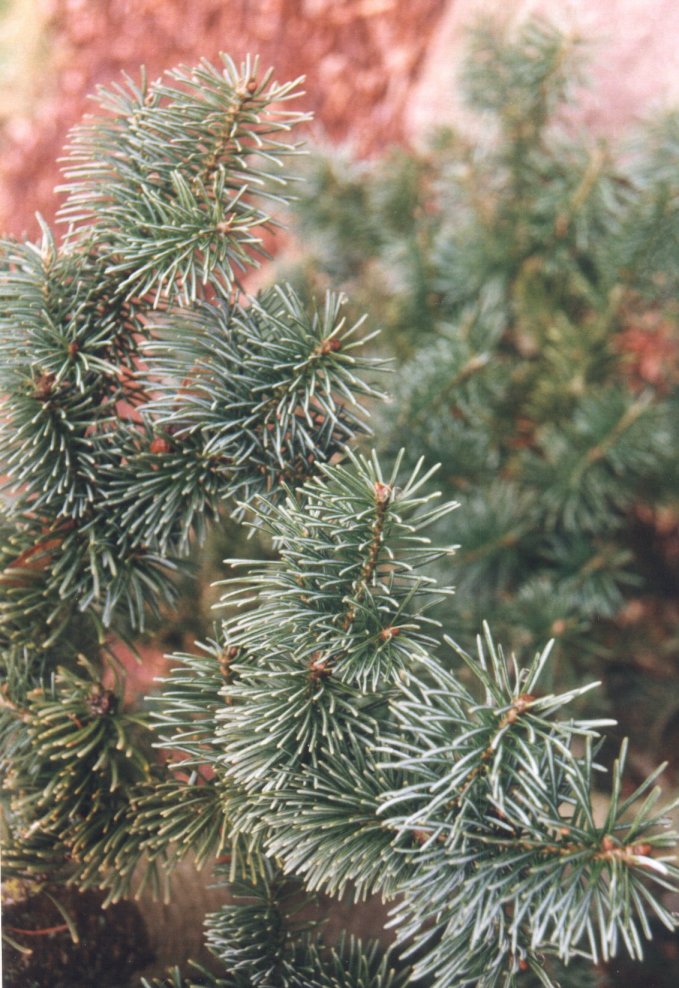| Botanical Name: Abies lasiocarpa | |
| Common Name: Alpine Fir |

-
Anatomy
-
Culture
-
Design
Plant Type
Tree, Conifer
Height Range
40-60'
Flower Color
n/a
Flower Season
n/a
Leaf Color
Blue Green
Bark Color
White
Fruit Color
Green
Fruit Season
Fall, Persistent
Sun
Full, Half
Water
High
Growth Rate
Slow
Soil Type
Clay, Loam
Soil Condition
Rich, Well-drained, Moist
Soil pH
Neutral
Adverse Factors
n/a
Design Styles
Japanese, Meadow, Woodland
Accenting Features
Specimen, Unusual Shape
Seasonal Interest
Winter
Location Uses
Background
Special Uses
Screen, Wind Break
Attracts Wildlife
n/a
Information by: Stephanie Duer
Photographer: Ministry of Forests BC
Photographer: Ministry of Forests BC
-
Description
-
Notes
Alpine fir is a very slow growing evergreen, eventually reaching 50 or more feet tall, with a 10 to 15 foot spread. Bluish green needles that are about 1 to 11/2 inches long. It has thick, corky creamy white bark. Not very heat tolerant, it is probably best suited to the east bench area and in the canyons.
This is a lovely tree, but it struggles in our low-elevation valley, where hot summers and inadequate winter snow cause great stress. Best suited to higher elevations; perhaps the east bench areas. Though it is a Utah native, it is not particularly drought tolerant, as its range is in the higher elevations. Grow in full to part sun, with north or northwest exposure. Like many evergreens, fir look rather odd when "limbed-up" so plant where its low-sweeping branches have room and are an asset.